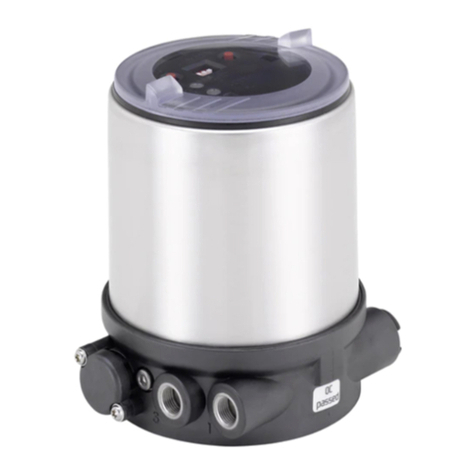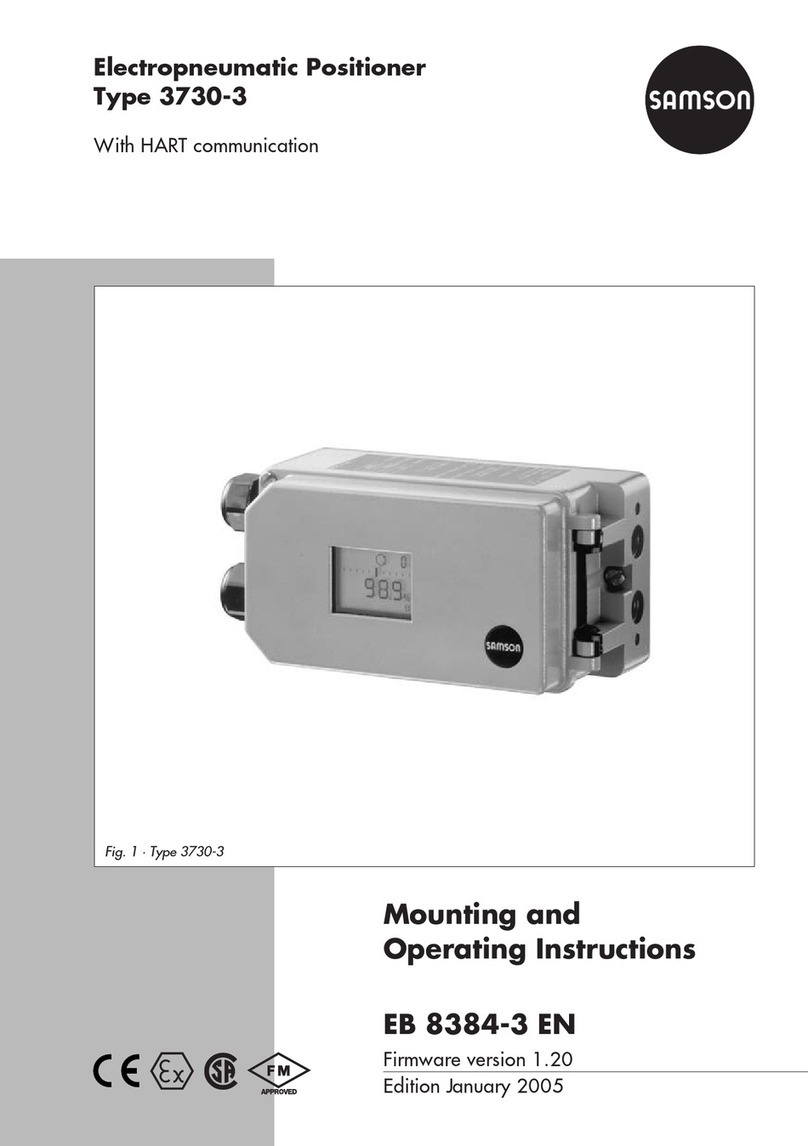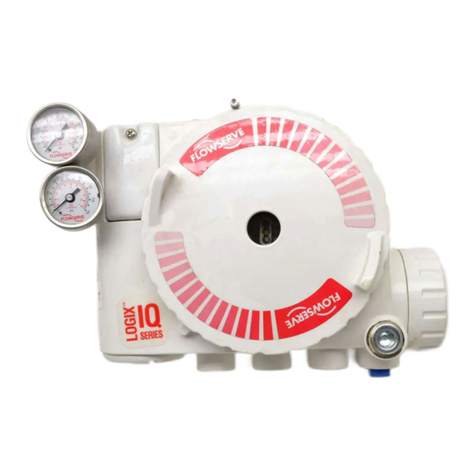Pace MSP 995 User manual
Popular Valve Positioner manuals by other brands

CVS Controls
CVS Controls 1200 instruction manual

Westlock
Westlock Quantum 2800 Installation & operating instructions

Samson
Samson 3730-0 Mounting and operating instructions

Samson
Samson TROVIS 3730-3 Mounting and operating instructions

ESCO Technologies
ESCO Technologies ETS LINDGREN 2302-001 user manual

Parker
Parker MX80L series product manual





















